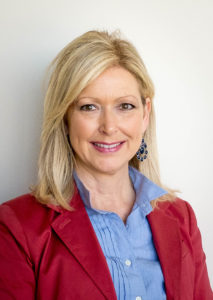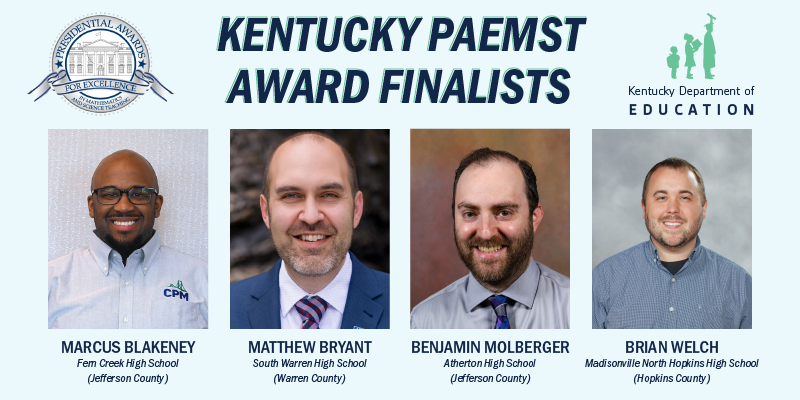
Karen Kidwell
By Karen Kidwell
karen.kidwell@education.ky.gov
Whether you are a sports fan or simply concerned with getting to dinner on time, you are familiar with a clock.
The components of that time-telling system include a second hand, a minute hand and an hour hand – or indicators for them. All three are simultaneously advancing, each moving at a different rate, yet each is essential to providing the most accurate description of the time. If any one of them fails to function, you may still have some information – but you lose the precision. Depending on your purpose, losing any one of the pieces may actually render resulting information useless for the task.
That clock analogy can be used for our science assessment system. We have three particular components:
- day-to-day, minute-to-minute checks for understanding or classroom embedded assessments;
- periodic, common, formative ‘through course tasks’; and
- our statewide summative tests
Each of these components is essential to advancing teaching and learning, and each provides necessary information for particular users and purposes.
These components of the assessment system occur on different schedules, but they are all moving in the same direction. Each of them collectively tells us about how a student is learning, but they also provide information that can be used to improve individual student learning, instructional practice and entire school programs.
The Kentucky science assessment system is based on the clear, defined learning expectations included in Kentucky’s Academic Standards for Science. A deliberate effort has been made to build the system on a foundation of what happens in every classroom every day (i.e., ‘classroom embedded assessments’) and through course tasks for classroom use for every grade level, K-high school. This information helps teachers and schools to better understand and support student learning progress continuously over time and evolve teacher growth and effectiveness.
Tony Wagner, an expert in residence at Harvard University’s Innovation Lab, suggests that only through a systems approach can we achieve the student outcomes we seek. In his book “Change Leadership,” Wagner states:
“Student achievement will not improve unless and until teaching improves. Higher standards, more testing, smaller schools, etc. do not, by themselves, improve teaching.
“Teachers, working alone, with little or no feedback on their instruction, will not be able to improve significantly – no matter how much professional development they receive.
“The challenge of change leadership is to create a ‘system’ for continuous improvement of instruction, supervision, and instructional leadership.”
The system approach addresses different users’ concerns. For example, students need to know what they are expected to learn and be able to do and receive specific information or feedback on how they are doing so they can improve. Teachers need to know if their translation of the standards into practice is on target with the intentions of the standards and if they are holding students and themselves to the correct level of expectation. Schools and districts need to know how courses and programs are doing at ensuring that each student is able to engage with science standards every year in school so they can become scientifically literate over their 13 year learning progression. Other community and state level shareholders need to know if public schools are succeeding at building a scientifically literate generation.
No single assessment can do all those things – but a coherent system aimed at producing needed information for such uses and users can.
What should we be doing now?
- Gauge the level of familiarity of all teachers teaching science in all grades, K- high school, with Kentucky’s Academic Standards for Science.
- Review your district’s/school’s K-12 science curriculum and instruction program for coherence and congruence to the Kentucky Academic Standards for Science.
- Study the components of the science assessment system.



Leave A Comment